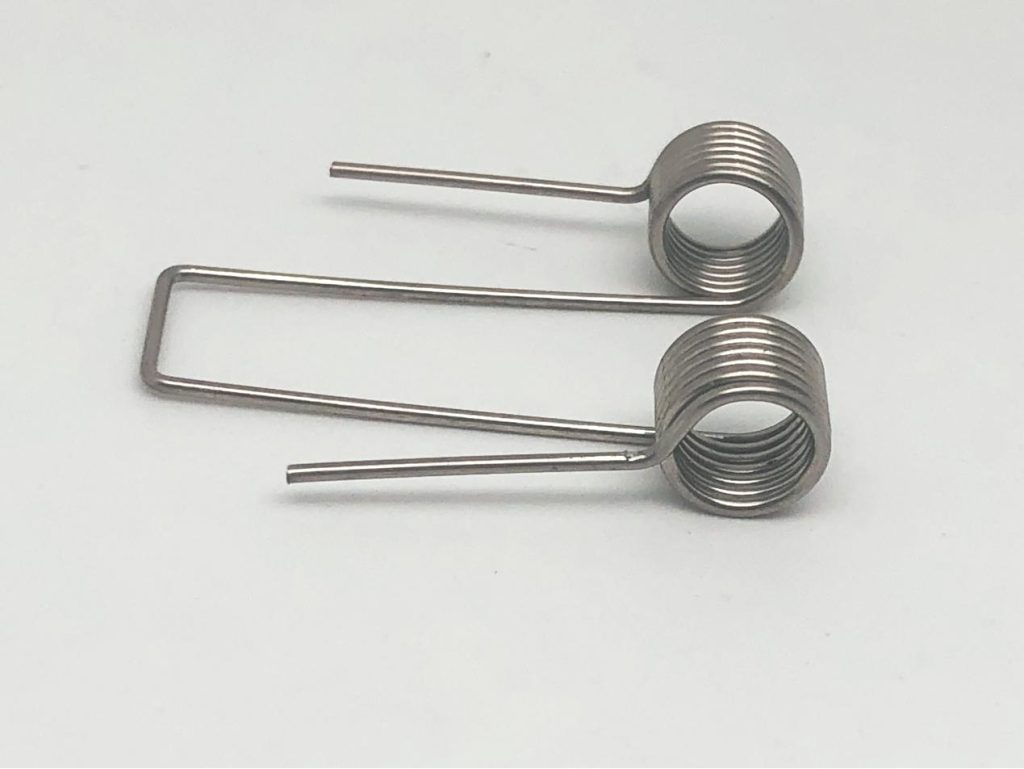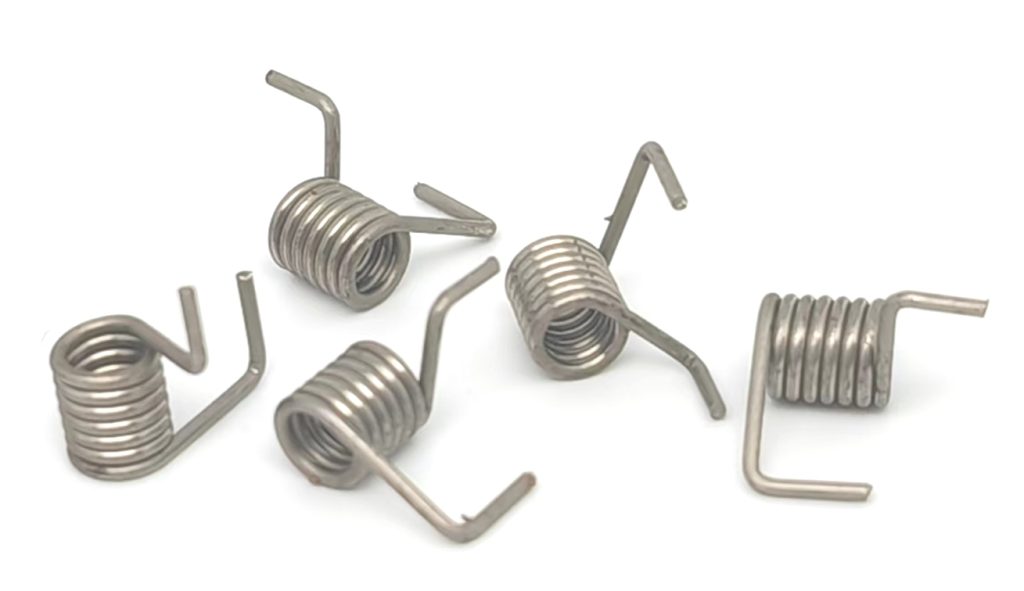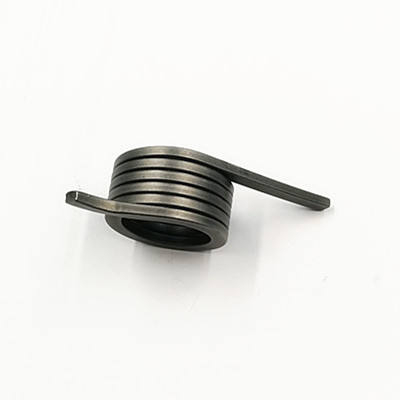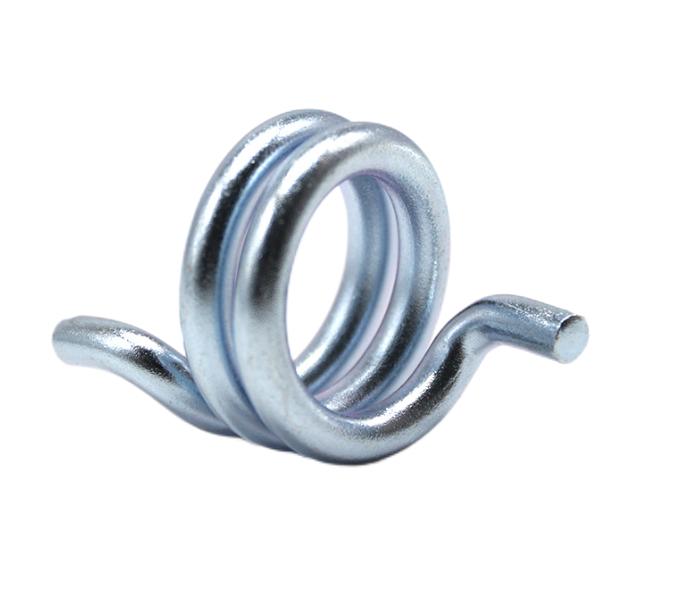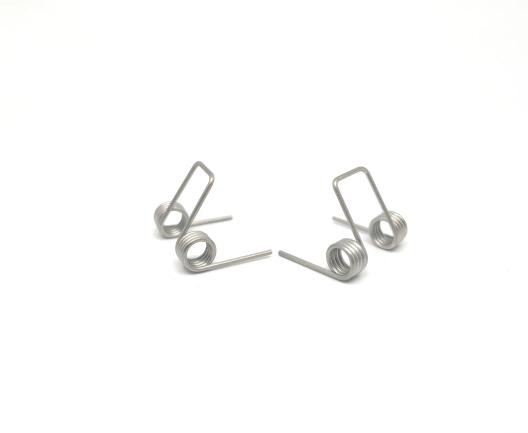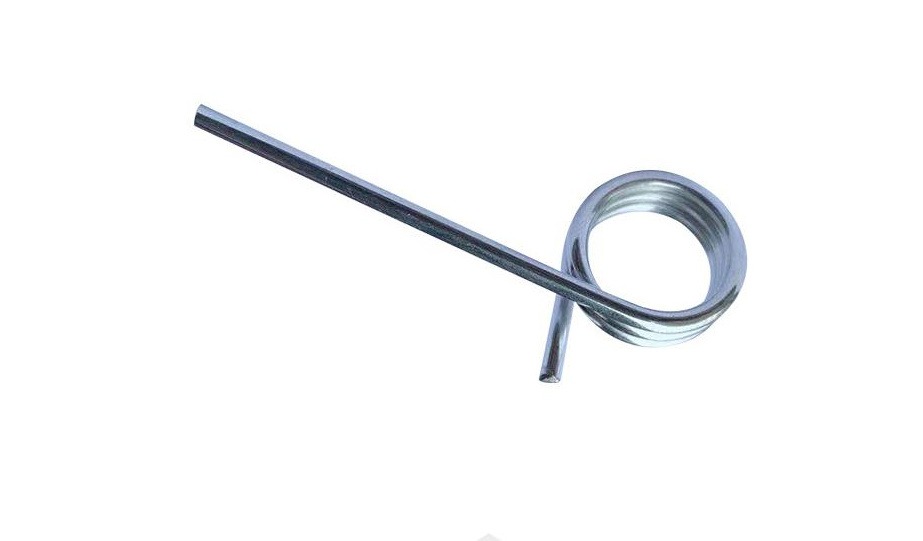How to Choose the Right Helical Torsion Spring for Precision Instruments
Table of Contents
Helical torsion springs are integral components in various mechanical systems, renowned for their ability to store and release rotational energy. These springs come in diverse forms and are used across industries, especially in precision instruments where accuracy and reliability are paramount. This article delves into the concept of helical torsion springs, their common applications in precision instruments, and how to select the appropriate material based on specific use cases.
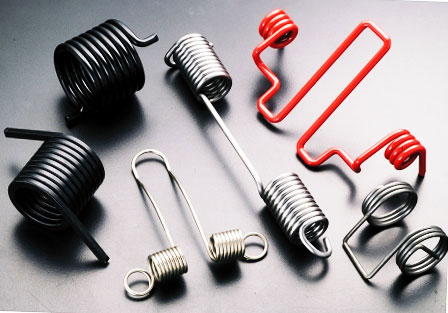
Understanding Helical Torsion Springs
1. Basic Structure and Working Principle
Helical torsion springs operate by twisting and exerting torque when subjected to rotational forces. Their primary function is to store mechanical energy when twisted, which is later released to perform a mechanical task. This capability is why they are commonly employed in applications where rotational energy needs to be controlled and released at specific intervals.
The spring’s body consists of a helical (spiral) shape, made from round wire, with one or both ends connected to other mechanical parts. The spring’s ends are often bent or shaped into hooks or loops to facilitate the connection to adjacent components, ensuring it can effectively transmit the required force. As the spring rotates, it exerts a force in the opposite direction of the twist, offering resistance and, eventually, restoring the system to its original position once the rotational force is removed.
2. Types of Helical Torsion Springs
Helical torsion springs come in two primary configurations: single and double torsion springs.
- Single Helical Torsion Spring: This type has a single coil that stores and releases energy as the spring is twisted in one direction. It is commonly used in applications where the spring needs to act in a single direction, providing the necessary rotational energy.
- Double Helical Torsion Spring: This design features two coiled springs wrapped in opposite directions, which are connected at the center. The double torsion spring offers greater flexibility in design and can provide rotational force in two directions, making it suitable for applications requiring more complex movements.
3. Key Design Features
- Wire Shape and Diameter: Helical torsion springs are typically made from round wire, but other wire shapes, such as rectangular or square, may be used depending on the application’s requirements. The wire’s diameter also plays a crucial role in determining the spring’s strength and the amount of force it can withstand.
- Number of Coils: The number of coils in the spring impacts its stiffness and energy storage capacity. More coils generally mean the spring can store more energy, but it may also result in lower stiffness.
Common Applications in Precision Instruments
Helical torsion springs are invaluable in precision instruments due to their ability to provide controlled, precise movements. Here are some of the most common applications where these springs play a critical role:
| Application | Description | Key Features |
| Clocks and Timepieces | Helical torsion springs, commonly referred to as mainsprings, store energy when wound and gradually release it to power gears, allowing for precise movement of clock hands. | Steady energy release for accurate timekeeping |
| High precision and durability | ||
| Ensures long-term consistent performance | ||
| Medical Devices | Used to control the movement of surgical tools, diagnostic equipment, and prosthetics by providing precise torque. | Controls fine movements in robotic arms and prosthetics |
| Ensures natural motion and responsiveness | ||
| High precision critical for medical applications | ||
| Aerospace Instruments | Employed in navigation systems, control mechanisms, and satellite deployment systems, these springs must withstand extreme conditions. | Provides precise rotational force under stress |
| Durable and reliable for critical aerospace tasks | ||
| Withstands temperature fluctuations and harsh environments | ||
| Cameras and Optics | Used in camera shutters and lens mechanisms to ensure precise control of movement for accurate exposure and focus adjustments. | Ensures correct shutter timing |
| Lightweight and durable for frequent use | ||
| Maintains precision over time in optical devices |
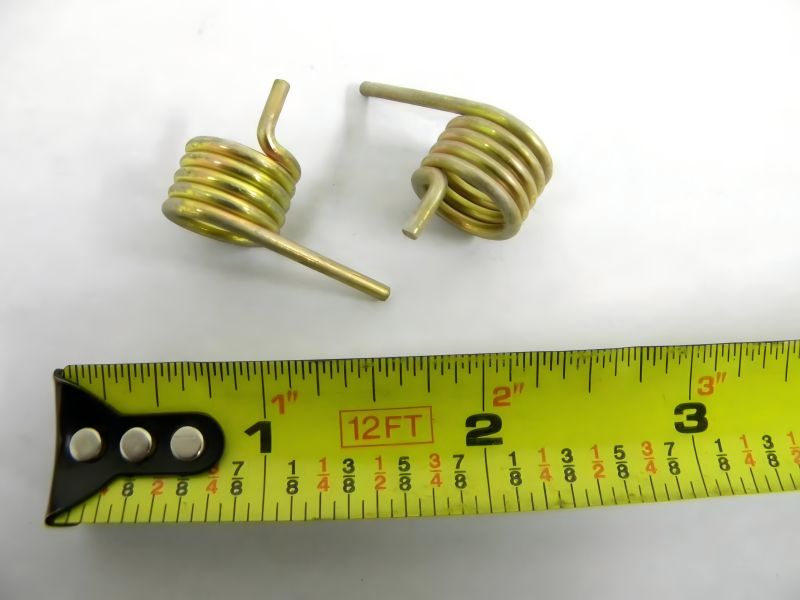
How to Choose the Right Material for Helical Torsion Springs?
The material used in the construction of a helical torsion spring plays a critical role in its performance. Selecting the right material is essential to ensure that the spring can withstand the forces it will be subjected to while maintaining its ability to store and release energy effectively.
1. Factors to Consider in Material Choice
When selecting a material for a helical torsion spring, several factors need to be considered, including strength, fatigue resistance, corrosion resistance, and environmental conditions. The right material will depend on the specific application and the environment in which the spring will operate.
- Strength and Fatigue Resistance: The spring must be strong enough to withstand repeated twisting without losing its shape or elasticity. Fatigue resistance is crucial in applications where the spring will undergo many cycles of twisting and untwisting, such as in clocks or medical devices.
- Corrosion Resistance: In environments where the spring may be exposed to moisture, chemicals, or other corrosive elements, selecting a material with good corrosion resistance is essential to prevent degradation over time.
- Durability: The spring should be durable enough to maintain its performance over an extended period without wearing out or breaking down. This is especially important in precision instruments, where the failure of a single component could lead to the entire system malfunctioning.
2. Common Materials for Different Applications
- Stainless Steel: Stainless steel is one of the most popular materials for helical torsion springs due to its high strength, durability, and excellent corrosion resistance. It is commonly used in medical devices, aerospace applications, and environments where the spring is exposed to moisture or chemicals.
- Carbon Steel: Carbon steel is often used in general-purpose applications where high strength is required but corrosion resistance is not a primary concern. It is a cost-effective material and is suitable for use in many mechanical systems where the spring is not exposed to harsh environments.
- Alloy Steel: Alloy steel is chosen for high-stress environments where the spring will be subjected to heavy loads or extreme temperatures. Its enhanced durability and strength make it suitable for demanding applications, such as in aerospace or automotive systems.
3. Matching Materials to Specific Usage Scenarios
When selecting the material for a helical torsion spring, it is essential to consider the specific usage scenario. For instance:
- In aerospace applications, where the spring will be exposed to extreme temperatures and stress, alloy steel may be the best choice due to its durability and strength.
- For medical devices, stainless steel is often preferred for its corrosion resistance and biocompatibility, ensuring that the spring can function safely within the human body or in surgical tools.
- In general mechanical systems, carbon steel may be sufficient, providing a cost-effective solution for applications where corrosion resistance is not a major concern.
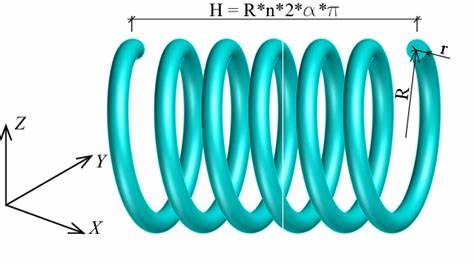
Whether in clocks, medical devices, aerospace instruments, or cameras, these springs play an indispensable role in ensuring reliable and precise functionality. When you are considering choosing the helical torsion springs for your projects, please reference the above advice.

